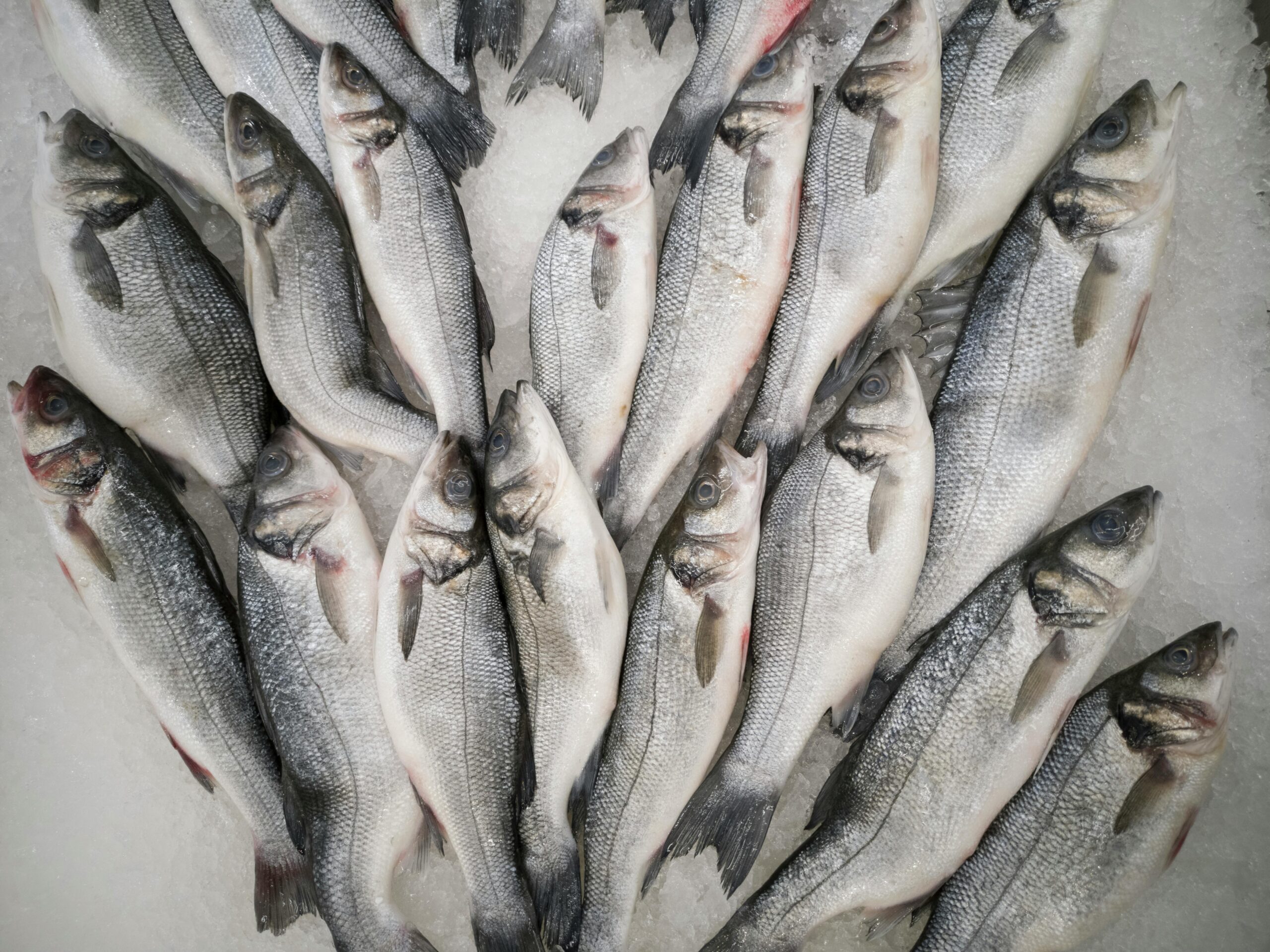
Discover the capital's vibrant craft beer culture with one passport and six unique downtown bars.Continue reading

Last year, anglers caught 633 tons of fish from Lake Balaton, which is 9.8 percent less than in 2023, but the lake still kept its top spot in Hungary’s big water catch rankings, based on the Hungarian Fishing Association (MOHOSZ) report, which collects data from 2024. The amount of fish taken from the Ráckeve-Soroksár branch of the Danube was 180 tons, while the amount taken from the Tisza river was 160 tons, thanks in part to the outstanding catfish catch.
The report, recorded by the National Angling Service Center and prepared in cooperation with the National Food Chain Safety Office, presents, among other things, the legal fishing opportunities and catch results. Based on the data, MOHOSZ concluded that the perch population in Lake Balaton remains remarkable, but the sharp decline in catches of garda, once a specialty of Lake Balaton, is cause for concern. Thanks to restocking, catches in Lake Velence are on the rise (21.3 tons), but this water area is still highly vulnerable.
The Tisza remains the leader among rivers, with a total catch of 343.5 tons last year. The Danube yielded 292 tons, while the Körös system yielded 122.3 tons of fish, with an increase in pike catches in the former and catfish catches in the latter being viewed positively. The report states that the most important statistical data is the catch recorded in fishing logs, which represents the vast majority of actual fish catches. Other data include catches from fishing competitions, recreational fishing, and selective fishing for ecological purposes.
Last year, the total catch was 4,879 tons, of which 4,614 tons were caught by anglers, representing an annual increase of 2.8 percent.
According to MOHOSZ, intensive stocking of natural waters is a rarity in Europe. In Hungary, this task is carried out almost exclusively by fishing organizations, and some of these stocking operations not only ensure fish catches, but also serve to restore ecological balance, create diversity, reintroduce native fish species, and partially compensate for the damage caused by cormorants.
They recalled that compensation for stocking due to the 2022 drought took place in 2023, therefore there was no justification for additional stocking in 2024. This was used to explain why the annual restocking volume of 4,071 tons was reduced by about 25 percent compared to the previous, adjusted year. According to the association’s data, the total value of the fish released was 6.7 billion HUF (approx. 16.8 million EUR), with carp still accounting for 90% of the stocking, by far the most popular fish species.
Via MTI; Featured photo: Pexels